Let’s be real—dogs are just like us. Sometimes, nature calls at the worst possible moment. Maybe you’re stuck in traffic, in the middle of a Zoom call, or binge-watching your favorite show with a pup who hasn’t moved in hours. You start wondering: How long can my dog actually hold it?
The answer? It depends. Let’s break it down so you can be the best pet parent (and bathroom break manager) possible.
The General Rule of Paw
In most cases, dogs should relieve themselves three to five times a day. But how long they can go without peeing depends on factors like age, size, health, and hydration. Here’s a quick guide:
-
Puppies (under 6 months): Every 1–2 hours (yes, really!)
-
Adult dogs (1+ years): 6–8 hours
-
Senior dogs (8+ years): 4–6 hours
But before you start setting a timer, remember: just because they can hold it doesn’t mean they should.
Puppies: Tiny Bladders, Big Problems
Puppies are adorable, but their tiny bladders are basically ticking time bombs. A good rule of thumb is one hour per month of age—so a 3-month-old pup can hold it for about three hours. Overnight, they might last a little longer, but expect those 2 AM wake-up calls. It’s all part of puppy parenthood!
Pro Tip: Stick to a schedule. Take your puppy out first thing in the morning, after meals, after naps, and before bed. Consistency is key.
Adult Dogs: The 8-Hour Myth
Most adult dogs can hold it for 6–8 hours—but that doesn’t mean they should. Just like humans, holding in urine too long can lead to health problems like urinary tract infections (UTIs), bladder stones, and even kidney issues.
Your dog might not complain (or maybe they will—some dogs have a very dramatic potty dance), but it’s always best to give them frequent breaks. If you work long hours, consider hiring a dog walker or setting up an indoor potty solution.
Senior Dogs: The Golden Years Come With More Potty Breaks
As dogs age, their bladder control weakens, just like ours. Senior dogs may need to go every 4–6 hours—sometimes more if they have conditions like diabetes or kidney disease.
Signs your senior pup needs more frequent breaks:
-
More accidents in the house
-
Whining or pacing near the door
-
Increased drinking (which means increased peeing!)
If you notice big changes, check in with your vet. They’ll help you rule out any underlying health issues.
Can a Dog Hold It Too Long? (Spoiler: Yes, and It’s Not Good)
While some dogs have superhero-level bladder control, forcing them to hold it too long isn’t healthy. Here’s why:
-
UTIs and Bladder Infections – Bacteria thrive in stagnant urine, leading to painful infections.
-
Bladder Stones – Holding urine can cause mineral buildup, forming stones that may require surgery.
-
Accidents and Behavioral Issues – If your dog knows they won’t be let out for hours, they might develop anxiety or even stop signaling when they need to go.
Bottom line? If you wouldn’t want to hold it that long, neither does your dog.
Emergency Situations: When to Worry
If your dog suddenly stops peeing altogether, that’s a major red flag. A healthy dog should pee at least once every 8–12 hours. If they haven’t gone in 24 hours, call your vet ASAP—this could signal a urinary blockage, kidney failure, or another serious issue.
Signs your dog might be in trouble:
-
Straining or crying while trying to pee
-
Blood in urine
-
Lethargy or lack of appetite
-
Excessive licking of the genitals
Don’t wait—get them checked out immediately.
How to Help Your Dog Stay Comfortable
Even with the best intentions, sometimes life happens. If your dog needs to hold it for a little longer than usual, here’s how to keep them comfortable:
-
Limit water intake before long periods alone – Don’t cut it off completely (hydration is crucial!), but avoid a big water gulp right before you leave.
-
Take them for a long walk before you go – Exercise helps empty the bladder and prevent accidents.
-
Use pee pads or an indoor potty area – A lifesaver for small dogs or apartment living.
-
Hire a dog walker or pet sitter – If you’re gone for 8+ hours, a midday break is a must.
Final Verdict: How Long is Too Long?
While some dogs can hold their pee for 8+ hours, they really shouldn’t on a regular basis. The sweet spot for most adult dogs is every 4–6 hours. Puppies, seniors, and dogs with medical conditions need even more breaks.
So, if your pup gives you that look—you know, the one that says, HUMAN, I HAVE TO GO NOW—don’t make them wait. When it comes to potty breaks, more is always better!
Got a dog who holds it too long? Or one who just loves to go every 30 minutes? Let us know in the comments! And don’t forget to check out Dogistry for the best walking gear—because a stylish pup deserves the best potty break experience.










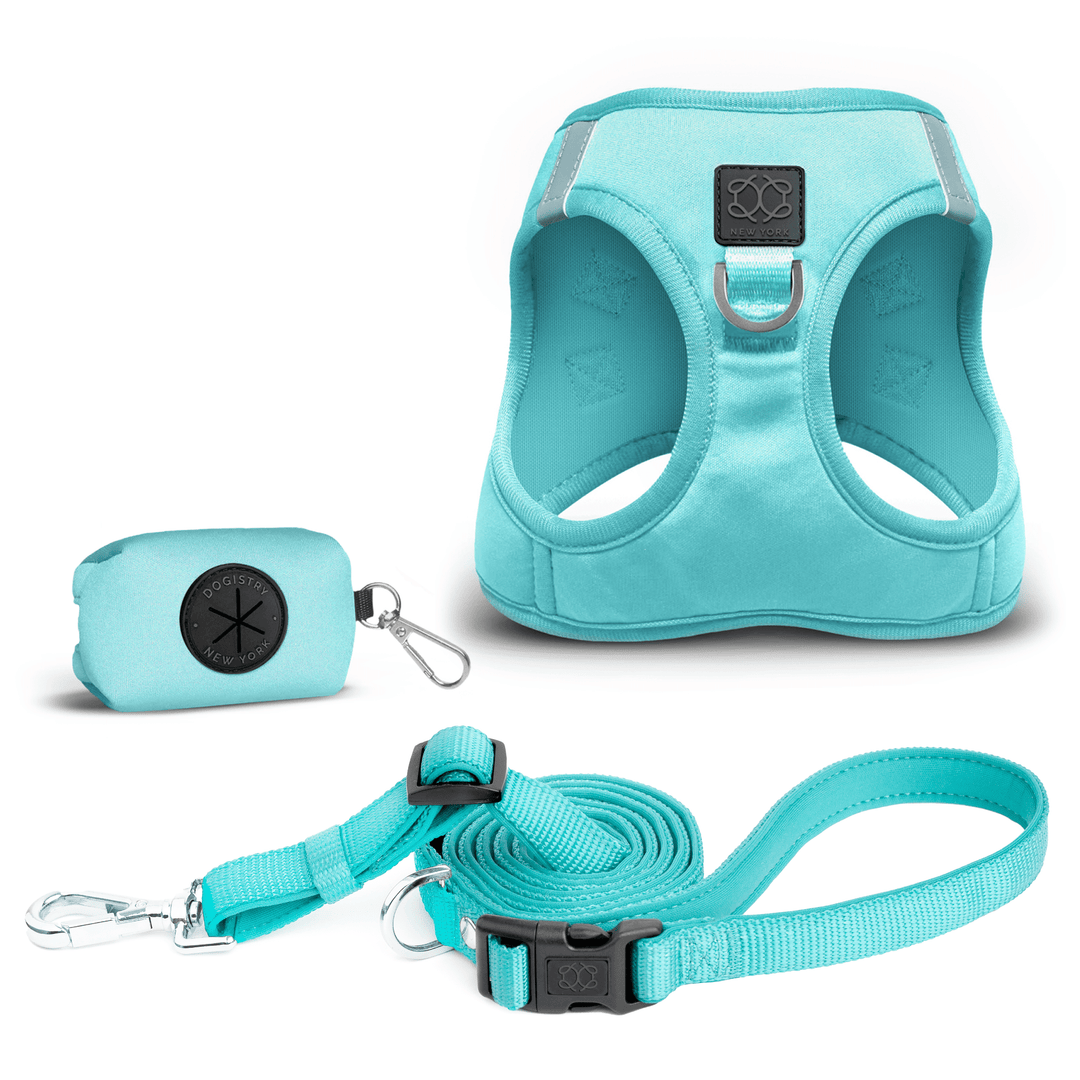
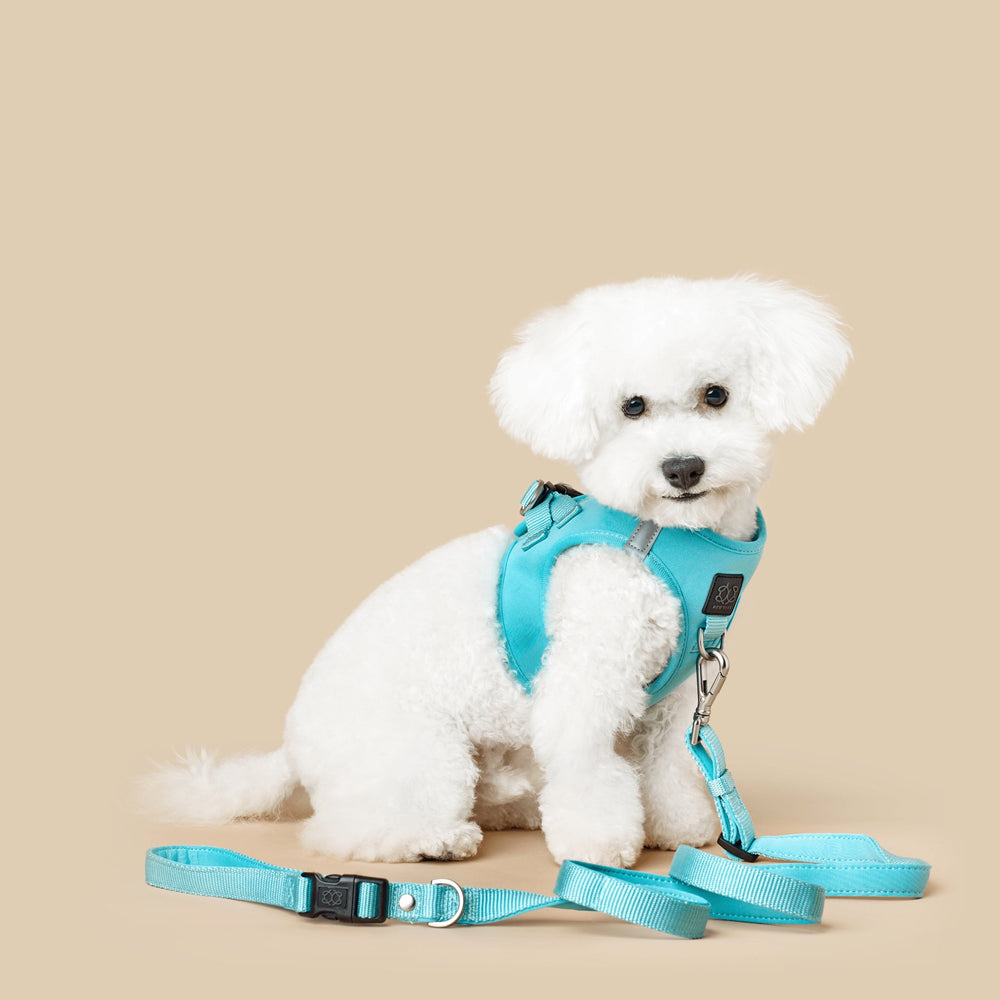
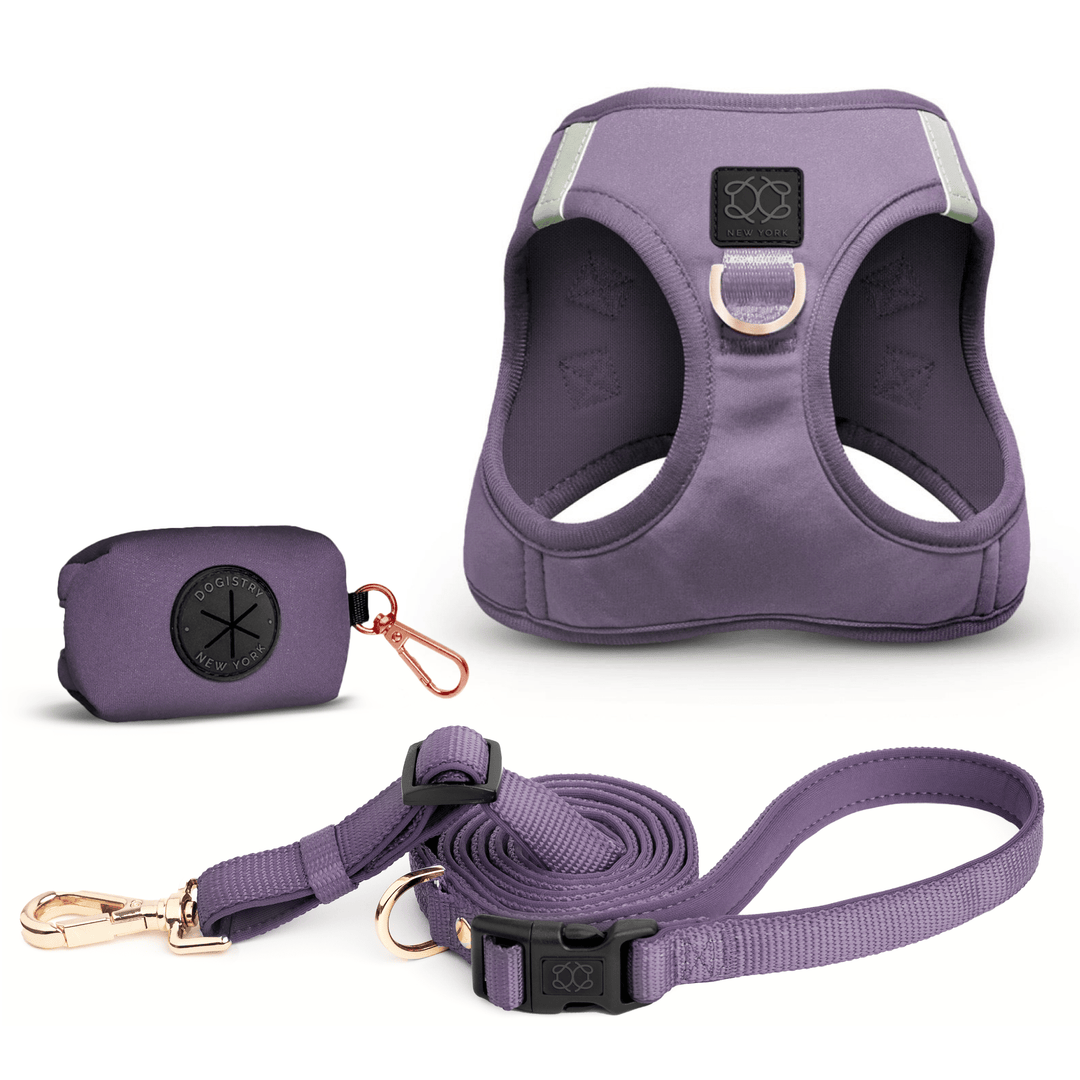
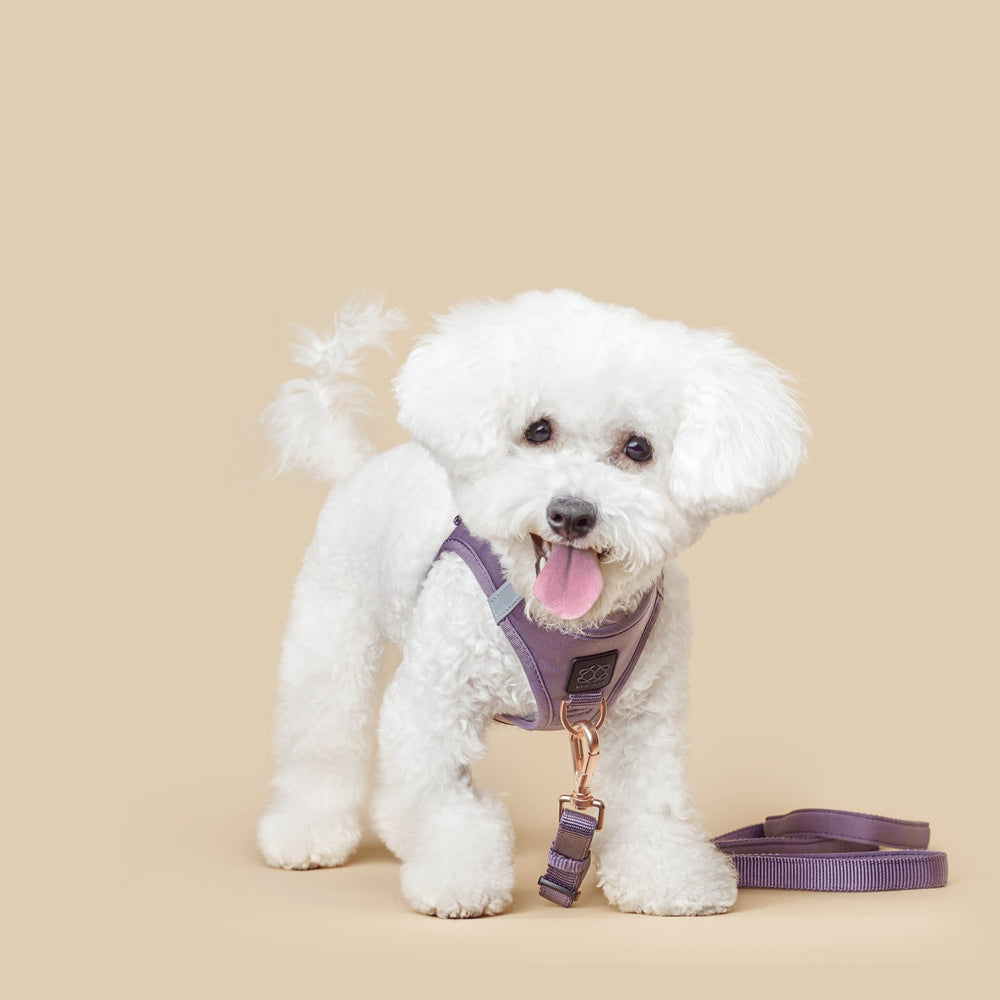
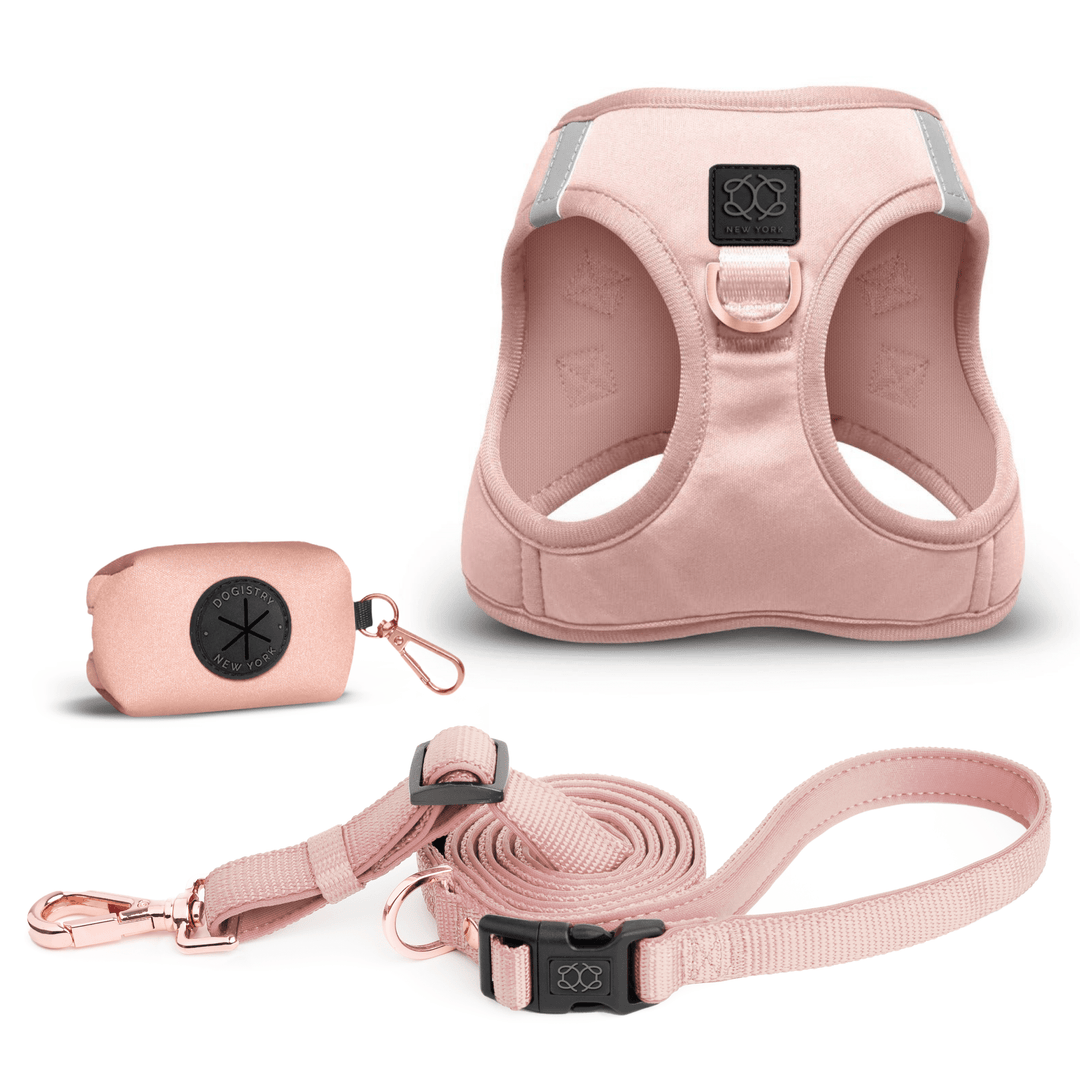
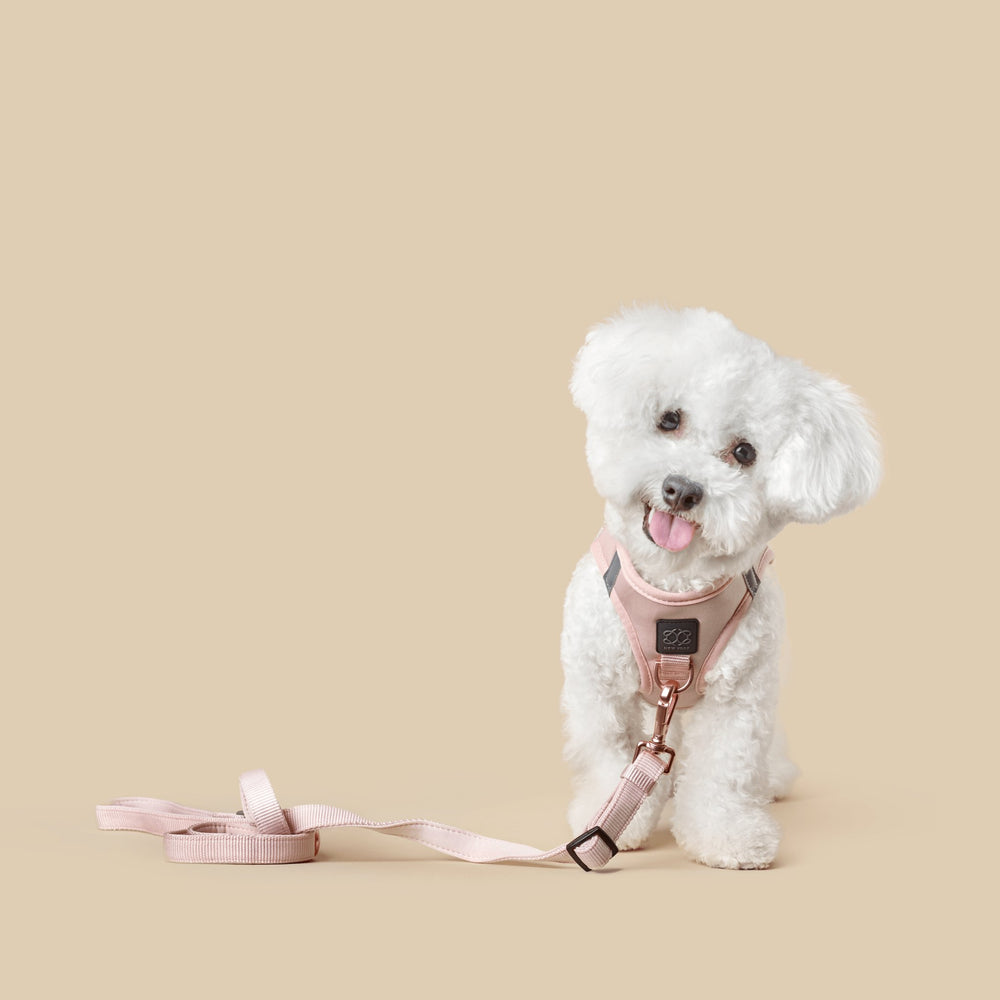


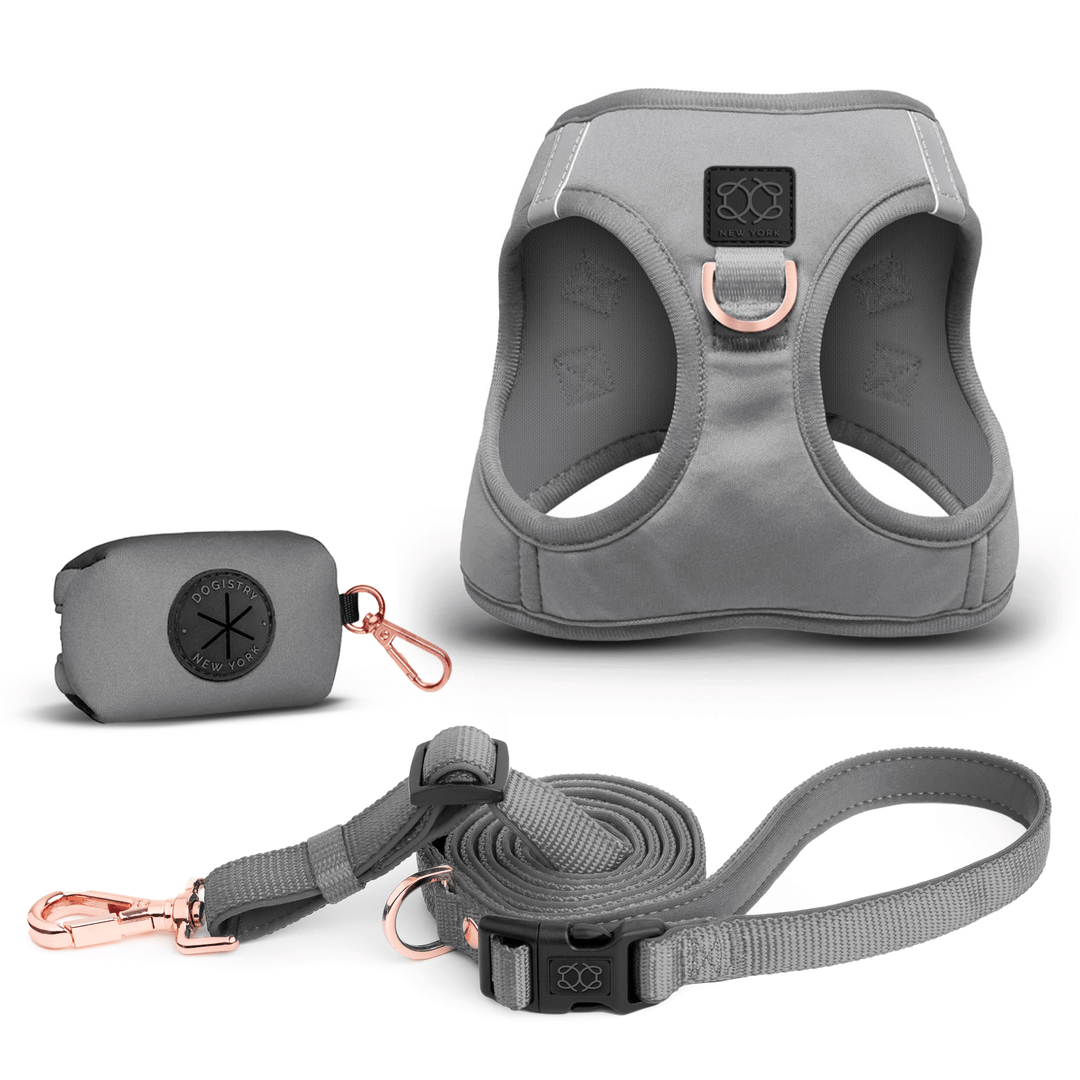



Leave a comment